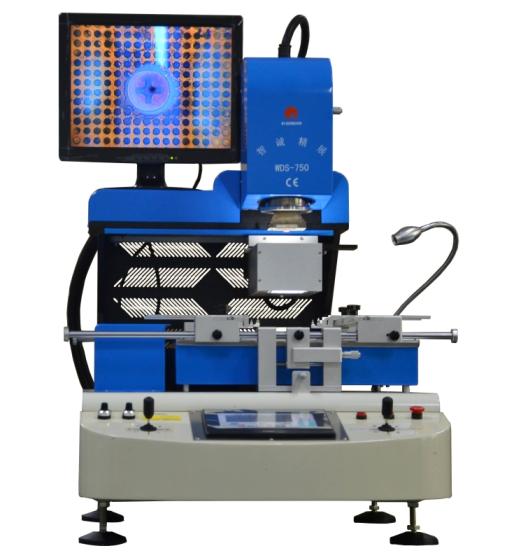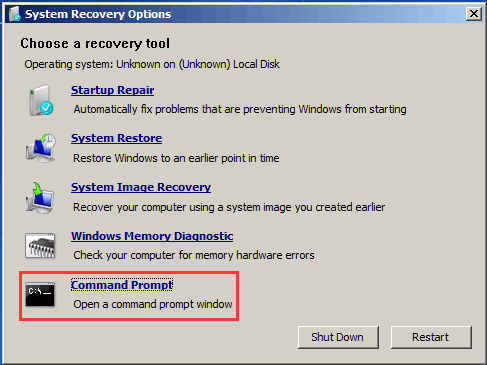

MSI, Asus, ASRock, and Gigabyte first roll out Windows 11 motherboards and let’s see a list. To satisfy needs, many motherboard makers make a response and have released some motherboards that are compatible with Windows 11. Way 3: Change motherboard and CPU without reinstalling Windows via Offline Registry. To run Windows 11 on your PC properly, you should have a compatible motherboard. Way 2: Change motherboard without reinstalling Windows by Registry. You will come to a screen that shows whether or not your Windows is activated and the error it threw. Way 1: Replace motherboard without reinstalling Windows via AOMEI Backupper.


Access this by going to settings from your Start menu and clicking on “Update & Security,” then clicking on “Activation” on the left side of the window. The easiest way to get rid of this error is through the Windows activation troubleshooter. Since each Windows license is tied to your motherboard, you can sometimes confuse it by transferring it to another one.
#Change motherboard with windows in it install#
Some licenses limit the amount of PCs you can install Windows on, making things complicated for transfers of single licenses. Usually, this is an activation issue where your operating system is trying to confirm that you’re transferring the license to a new computer as opposed to adding it to another. In some cases, the installation doesn’t go as smoothly as described above, and Windows will throw an error at you. You’ll often find that instead of booting directly to the desktop, the OS interrupts the booting process with a screen that says “Setting Up Devices.” This is Windows gathering information about your new hardware and adjusting to the appropriate drivers. But your Windows 10 activation is tied to both your login and your unique machine ID, which will change with something as substantial as a new motherboard.


 0 kommentar(er)
0 kommentar(er)
